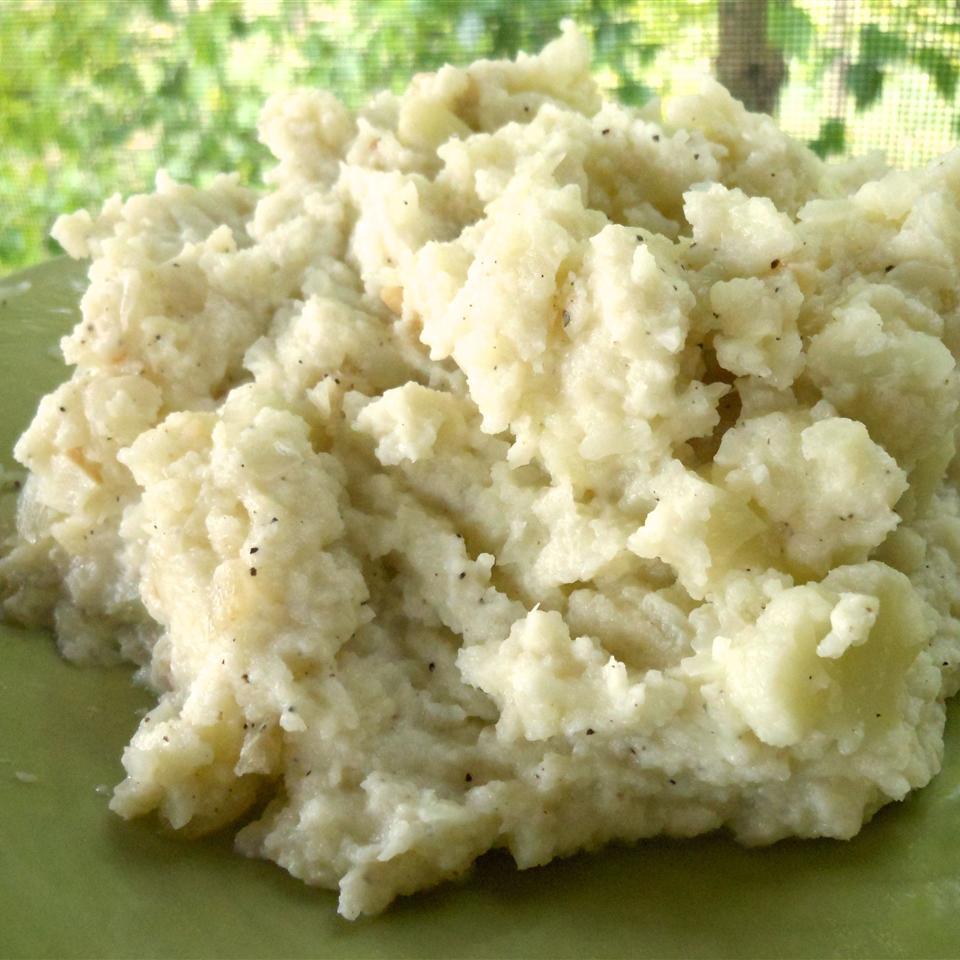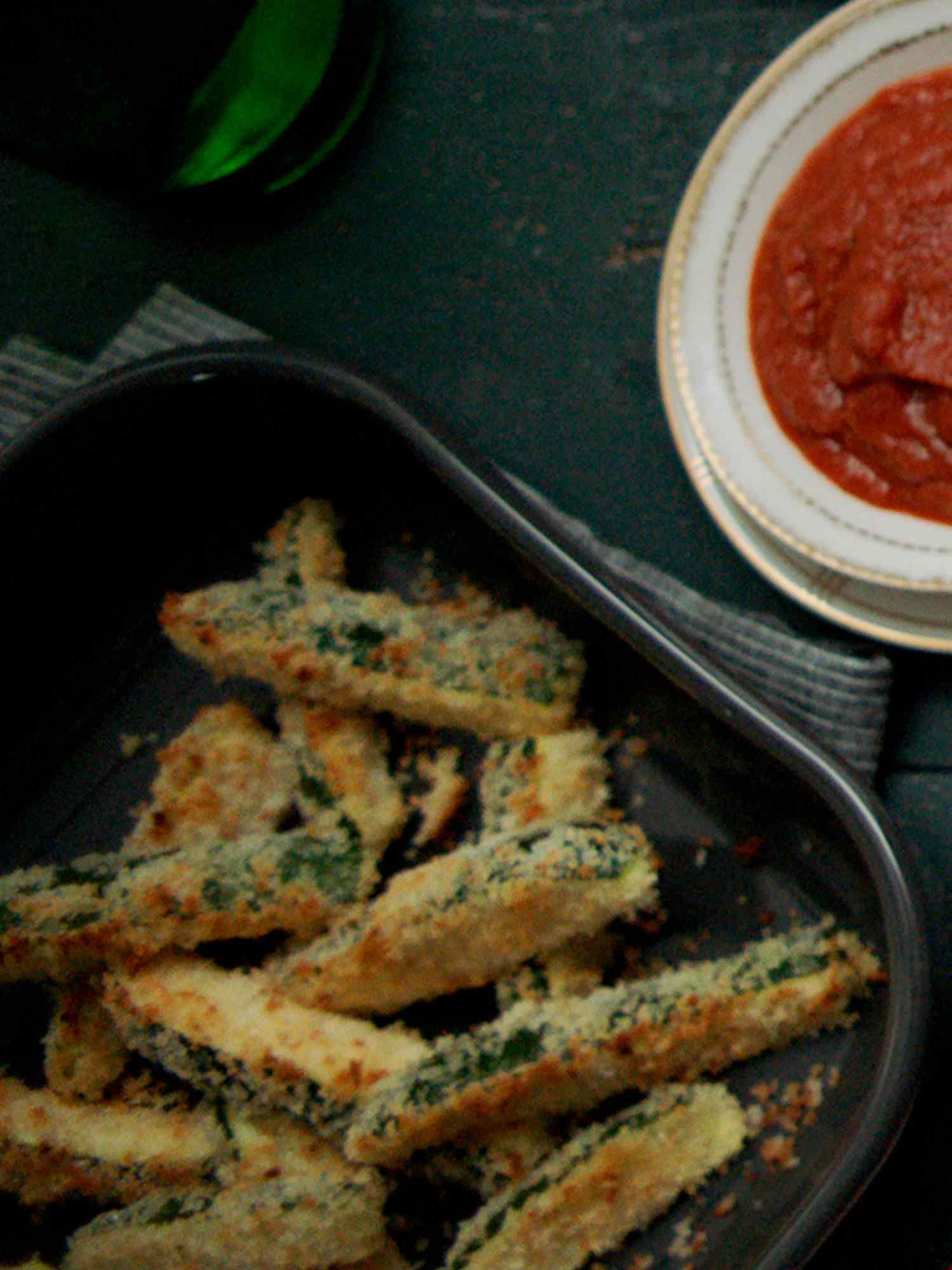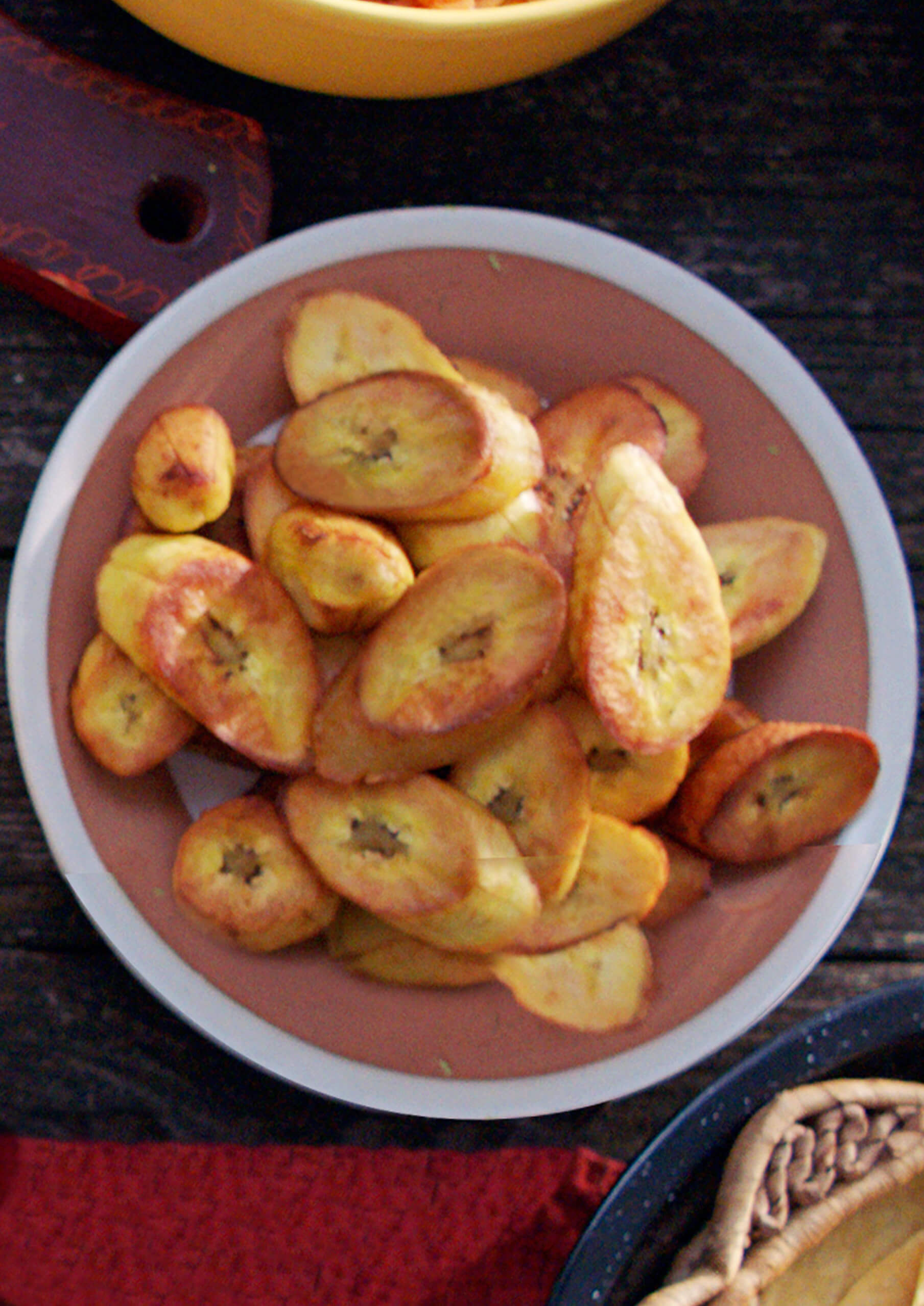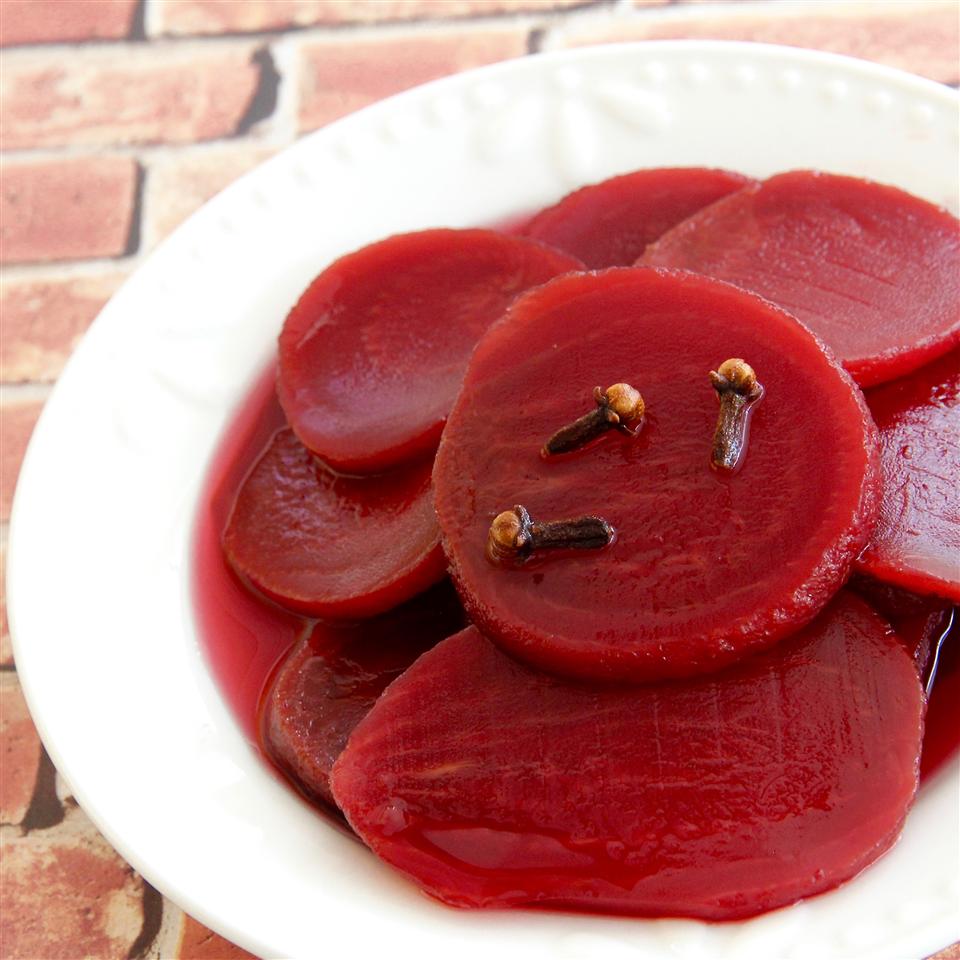Chef Johns Easy Sushi Rice
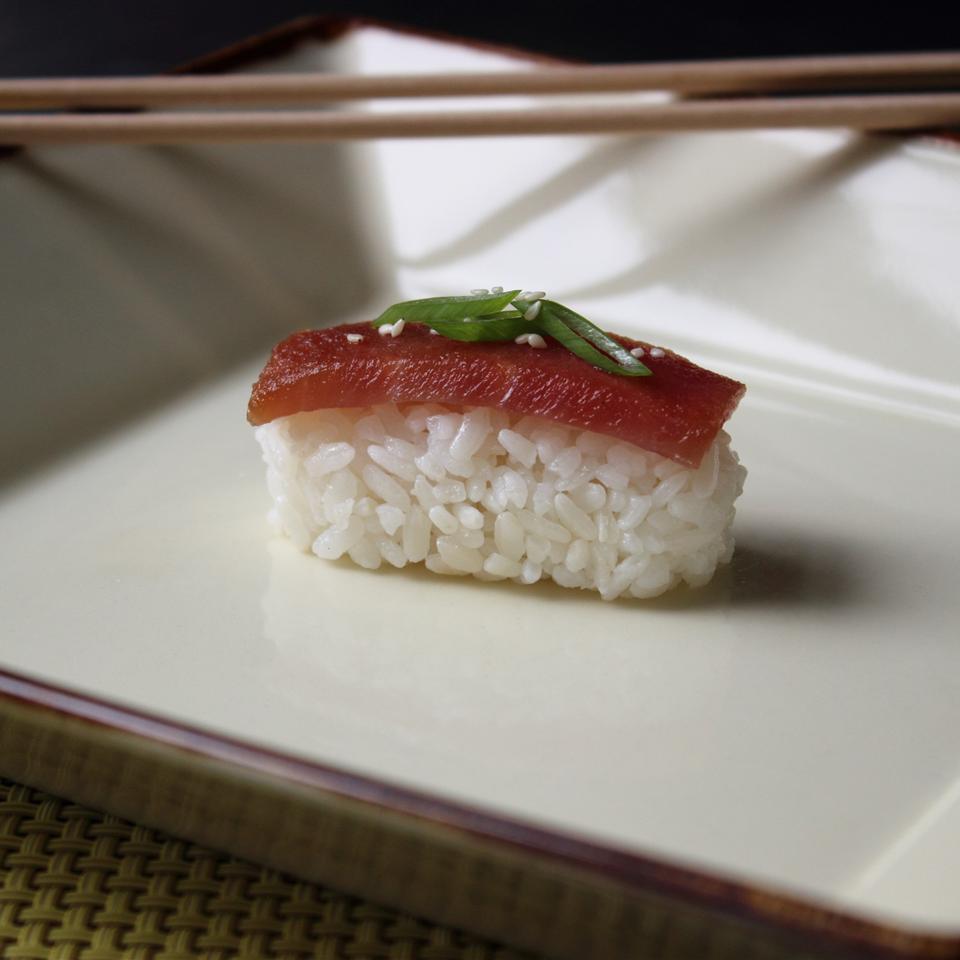
Sushi rice can be used for so many things. Sushi, of course, but also as a side dish for grilled meat or as a wrap using seaweed. Plus, it’s perfectly fine at room temperature, so it’s great for picnics.
INGRIDIENT
DIRECTION
Step: 1
Place rice in a strainer and rinse under cold water until run-off turns from cloudy to completely clear, about 2 minutes. Place strainer over a bowl and let drain until almost dry, about 1 hour. Transfer to a heavy bottom saucepan with a tight-fitting lid.
Step: 2
Pour water over rice. Place pot over medium-high heat and bring to a simmer without stirring. As soon as little bubbles appear on the surface and rice starts to simmer, reduce heat to low and cover pan. Cook for exactly 10 minutes. Remove from heat; lift lid for 1 second and cover again immediately. Let sit another 10 minutes.
Step: 3
Transfer rice to a rimmed sheet pan and spread out with a fork, fanning (with a magazine or similar object) to start to cool it. Sprinkle about half the rice vinegar on the rice while gently tossing it. Continue fanning to bring rice to just over room temperature. Sprinkle the rest of rice vinegar over the rice and toss with fork to blend evenly. A small amount of rice should be easily formed into an oblong sushi base, but easily crumble when cut with a fork.
NUTRITION FACT
Per Serving: 247 calories; protein 4.3g; carbohydrates 54.9g; fat 0.3g; sodium 213.7mg.
Deciding stay in and make food your dinner instead of eat in the evening out is good a step in the best way if you’re more point on eating healthier. There’s no best way to know precisely what’s going into the food you’re eat than by making it yourself! Making the best of the main dish is only half the process , like that . And once you’ve perfected your chicken, steak, or fish, it’s time to turn your attention to the ever- focusing side dishes.
A side dish can easily make down of your health goals, as sugar , sodium, fat, and calories can all get than high quickly if you’re not careful . But with our healthy side dish recipes, you won’t ever run into that problem .

